Amrutanjan – The History and Its Tryst with Independence
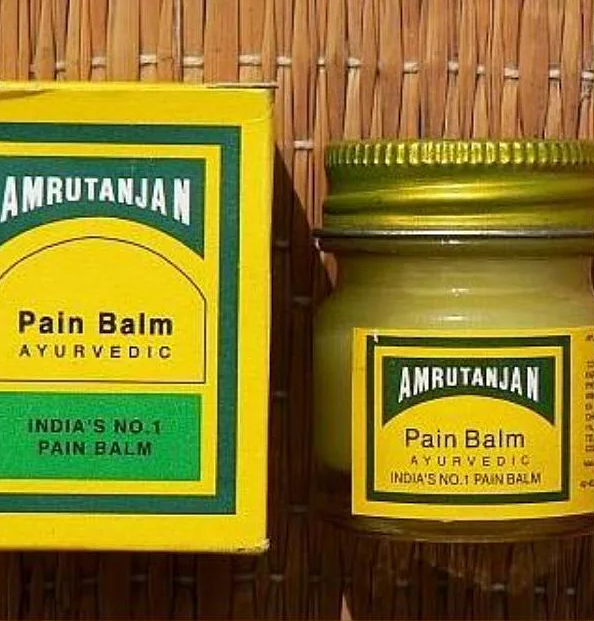
Amrutanjan has been a favourite all-purpose balm, especially in South India. Its founder has been inextricably linked to India’s independence.
Kasinathuni Nageswara Rao was born in the Krishna district of Andhra Pradesh in 1867. After finishing his elementary education at his birthplace, he moved to Madras to graduate from Madras Christian College.
In Madras, he developed an interest in Ayurveda and read many books about it. Rao went to work in an apothecary (druggist) there, where he learnt the formulation of medicines.

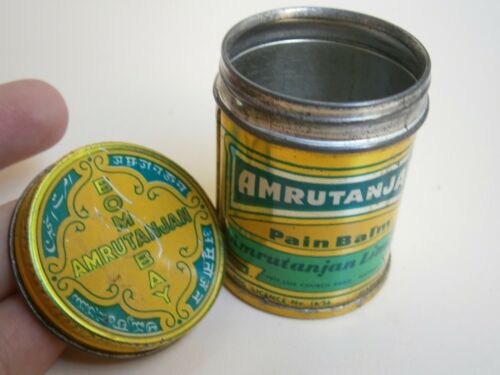
William and Company, a European company, based in Mumbai, offered him the opportunity to work with them, and he soon rose through the ranks to become an owner.
He wanted to be an entrepreneur. He was influenced by the nationalistic views of the founder of Telugu’s Renaissance movement, Kandukuri Veeresalingam Pantulu.
Given his earlier experience in medical formulations, Rao developed a strong-smelling, yellow analgesic balm and launched a large-scale manufacturing enterprise in Mumbai in 1893
Nageswara Rao looked at unique ways of promoting the product. For instance, he would hand out the balm for free at music performances to promote his brand in the early stages of the firm. He also used songs and poems to popularize the brand.
Rao started selling Amrutanjan for ten annas, and customers well accepted it. It soon became a success.
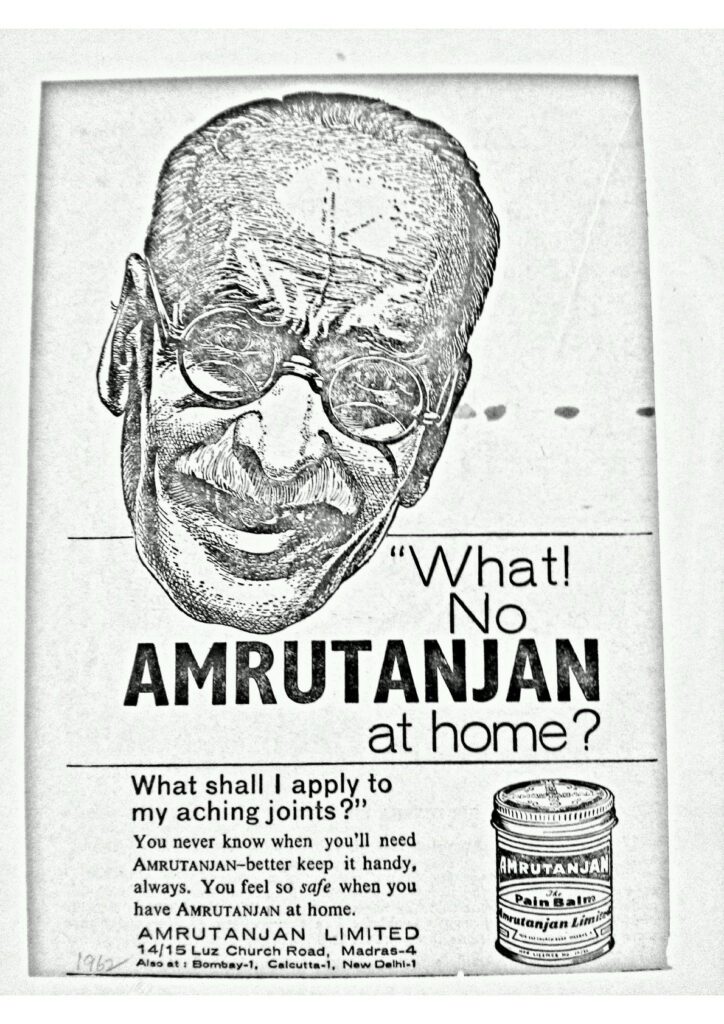
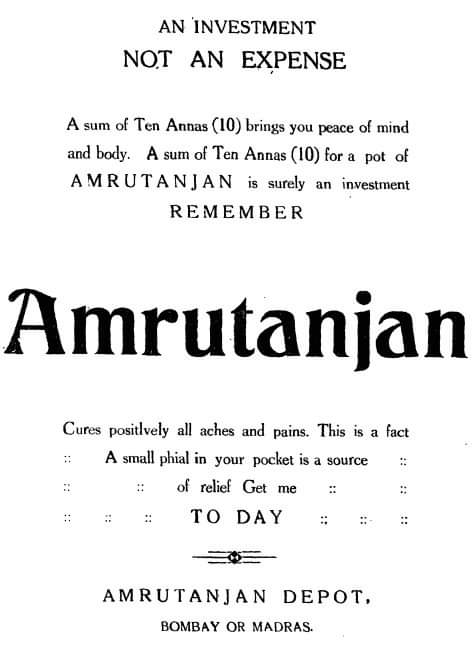

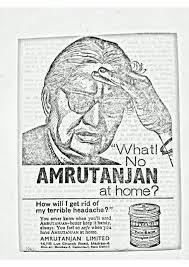
Actually, for a long time, the words “Bombay” were inscribed along with Amrutanjan on the lid to show its Bombay antecedents.
Along with his growing business, Rao also enacted social changes with his considerable clout. He was a fervent believer in the need for a Telugu state. Since Amrutanjan Limited’s headquarters were in Mumbai, he began organising initiatives for the Telugu-speaking populace. Later, he started a weekly Andhra Patrika in the city.
Following its first five-year run of success, Rao realised that he could better address the larger Telugu-speaking community in Madras by moving the publication there in 1936. He wrote passionate essays in support of splitting the Andhra state from the Madras Presidency for the publication, which became a daily here.
Rao became one of the founders of the Andhra Movement, making this demand more prominent. There was a lot of support among Telugu speakers for the initiative. Thus, an official committee was created to organise the many activities.
Rao served as the Andhra State Congress Committee president from 1924 until 1934. The term “Desoddhaaraka,” or “uplifter of the people,” was given to him because of his persistent engagement in this movement, his role in the independence fight, and his patriotic publications. Telugu politicians met at his house in November 1937 to map out an action plan for the Andhra state.
World War II and India’s post-independence battles delayed the formalisation of the Andhra state until December 19, 1952, when it was finally established.
It’s a shame that Rao couldn’t see his ambition come true; he died suddenly on April 11, 1938, barely five months after chairing the Telugu leaders’ gathering in his house. The Andhra Grandha Mala, the libraries it built, and India’s favourite pain reliever, Amrutanjan, are his lasting legacies.
Trivia
The late chess champion Bobby Fischer requested Amrutanjan pain balm from Viswanathan Anand since he couldn’t get it in Iceland!
There is a place nicknamed “Amrutanjan Point” in Lonavla, and there was even an “Amrutanjan Bridge” that connects the Pune and Raigad districts as there was a neon sign of Amruntanjan there.



